Key in a search term below to search our website.
Key in a search term below to search our website.
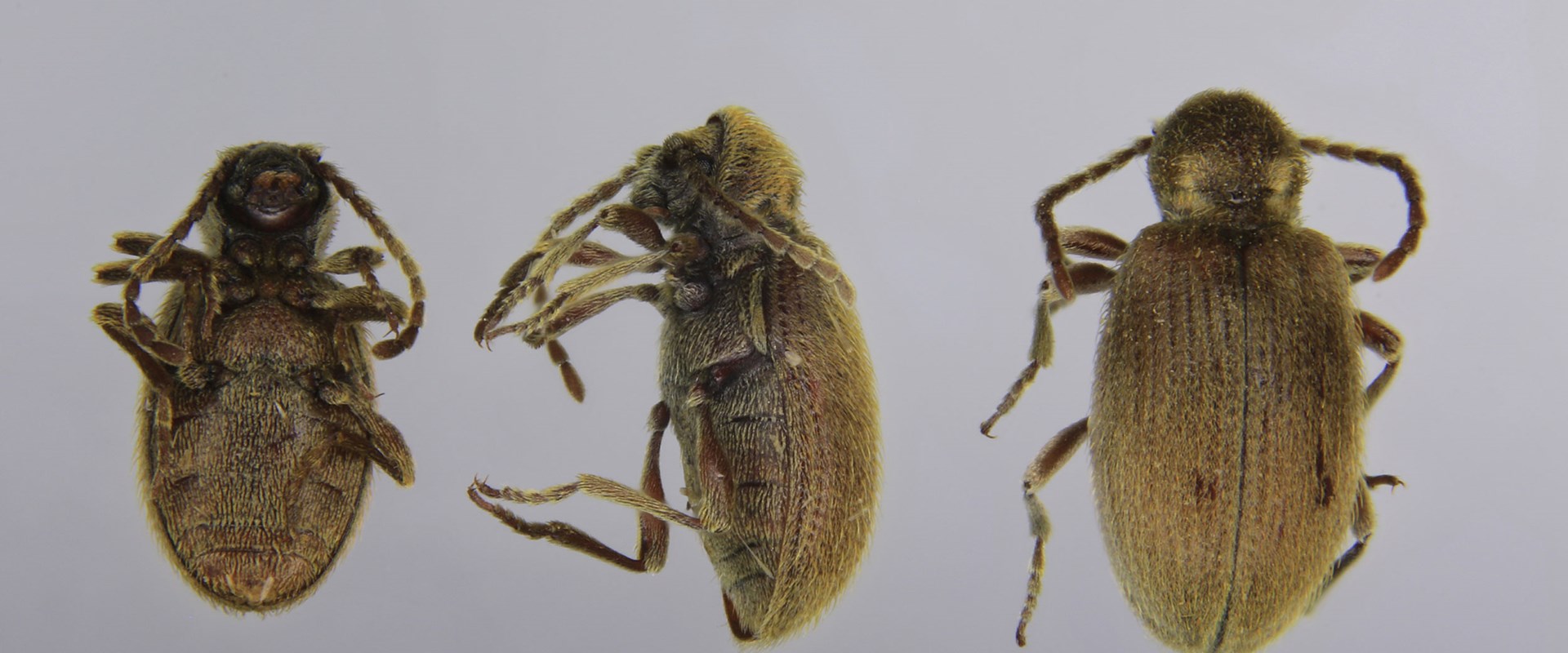
This training is for
People who care for heritage collections
Level
beginner
Length
2hrs (approx)
How to complete the training
follow the sections below in order, read the added resources and watch the videos
Jump to each section:
1. What is Integrated Pest Management?
2. Identifying the risks
3. Further reading
One of the risks to heritage collections are pests – that is insects, rodents, birds, or other animals that can cause harm to collections.
To effectively combat the threat posed by pests, heritage organisations have adopted the principles of Integrated Pest Management (IPM) from the food and stored products industry.
The key principles of IPM are to maximise use of limited resources and consider all aspects of your operation to create an integrated delivery that prevents infestation. In practice this means implementing the following steps:
This will prevent infestation before it takes hold, which is better for the collection and more cost effective.
The first step to effective pest management is understanding and identifying the risk areas and monitoring these.
To thrive pests need certain conditions; food, shelter, and favourable environment (suitable relative humidity and temperature). Identifying where these conditions are found within your buildings can act as a starting point for monitoring.
Food to sustain pests can be found within the collections for example, fur, textiles, feathers, entomology, wood, furniture, basketry, and other plant-based material as well as herbarium collections, library, and archive collections. Remember that some edible materials may not be obvious at first glance; papier mâché may be made from animal glue and cellulose, or small pieces of textile may be present in objects that seem largely inedible (like felt feet on scientific instruments).
Some example objects are shown below:
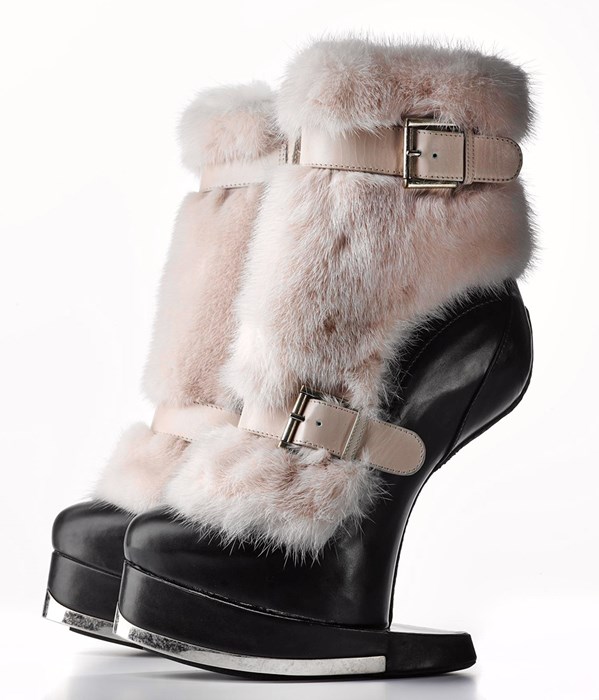
A pair of furry boots which are susceptible to infestation
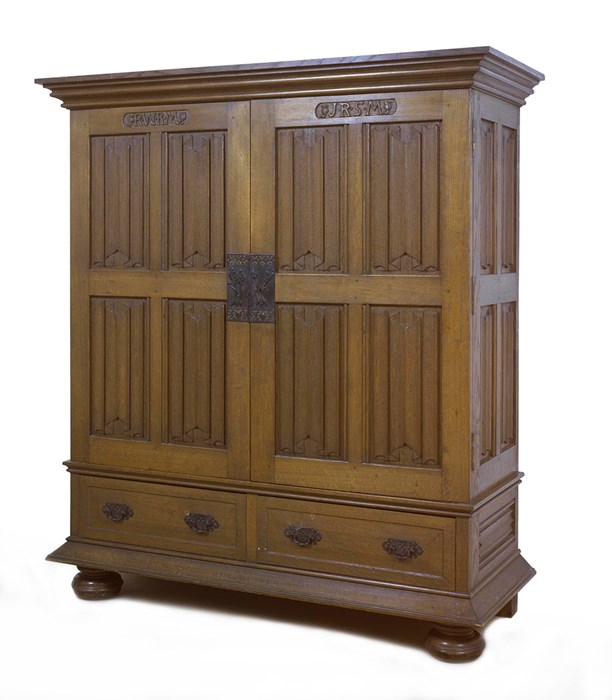
A wooden cabinet can provide ideal conditions for pests

Taxidermy specimens are typically susceptible to infestation
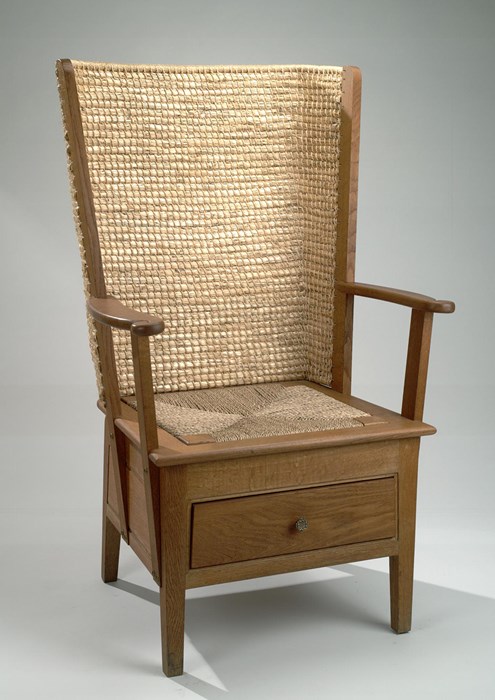
A wooden chair which is susceptible to infestation
Food can also be found in other areas of the building which highlights the need for an integrated approach. Consider office areas, staff welfare areas, public spaces where food is stored and consumed by people, as well as shops and education activities (handling collections as well as materials for craft activities etc. which could also provide food to sustain pests).
Shelter can be found in areas that are undisturbed for periods of time, making museums stores an ideal breeding spot.
Environment is important to the successful breeding of some museum pests. Some require a high relative humidity (RH) to survive which means that materials or collections that are damp are particularly susceptible to attack from some species. Some pests require the temperature to be above a certain level, otherwise at cooler temperatures their lifecycle is slowed down. This can be used to manage pests – for example you may be able to lower the temperature of a store without adversely raising the RH.
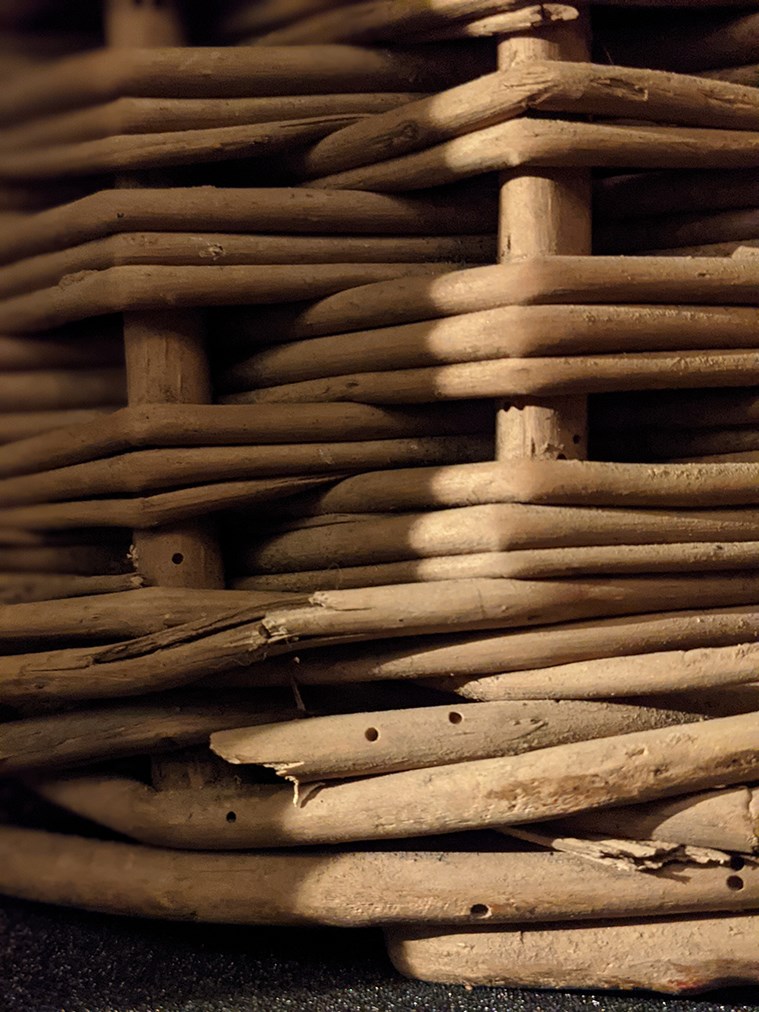
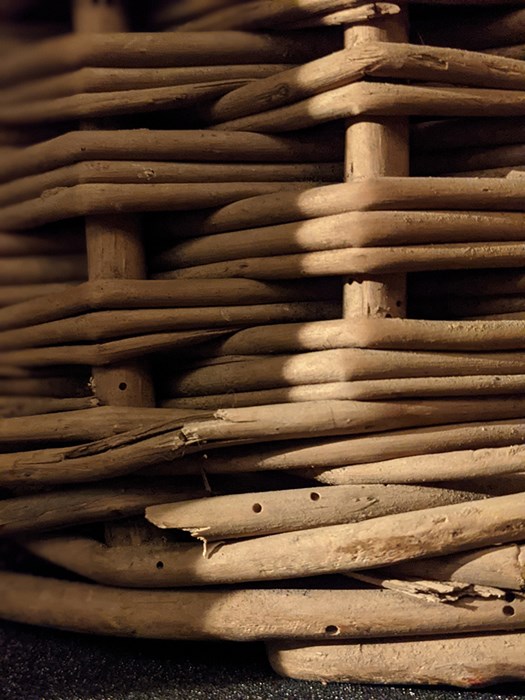
Basketry showing wood boring insect damage
A Product of the Integrated Pest Management Working Group, this is the website for the American group of Heritage Pest professionals. They also have a Facebook page where they stream their conference.
A select bibliography of IPM publications and conference proceedings.
Birmingham Museums have developed this resource which includes advice and clear photos of insect pests, with examples of damage.
English Heritage offer advice and guidance on insect pests and have factsheets and posters with further information about different species.
This text by David Pinniger and Dee Lauder includes colour photos and case studies.
Written by David Pinniger, this is another key text on the subject with clear drawings and good, practical advice about setting up a pest monitoring programme.
In addition to this self-guided training we provide other services including webinars to give you an opportunity to ask questions and meet our experts. Please contact us for more information.
Email partnerships@nms.ac.ukThese training pages are licensed for reuse under a Creative Commons Attribution-NonCommercial-ShareAlike 4.0 International License.
We are delighted for you to reuse, build on and publish the training content in these pages for non-commercial purposes. When you do, we ask that you credit National Museums Scotland and share the content under the same licensing terms.